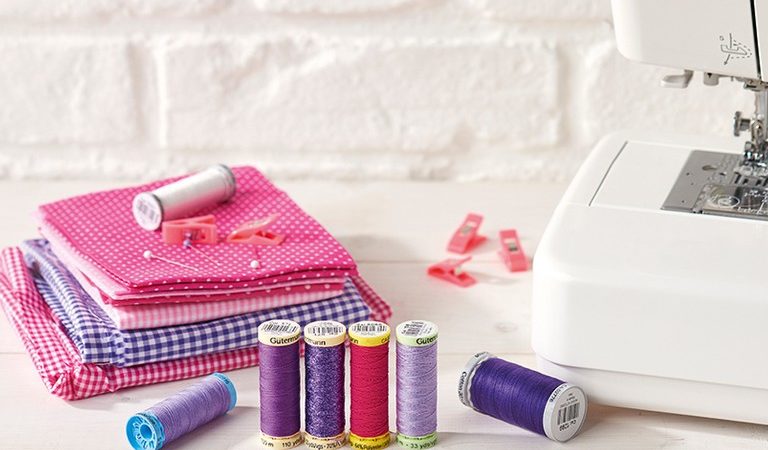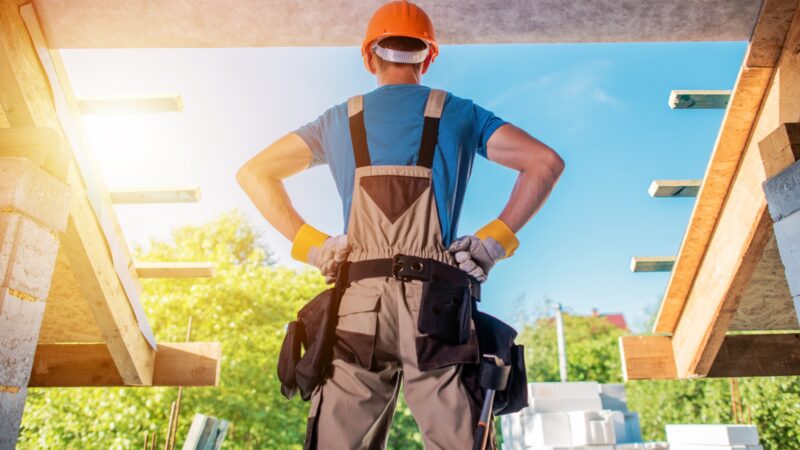Vertical vs Horizontal Siding: Which Side Should You Choose?

Boosting your curb appeal is an excellent way to increase your home value and impress the neighborhood all at once. For many people, that means working on the lawn and landscaping, but if you want a more permanent solution, it’s time to assess opportunities in your house’s siding.
Updating your siding is a one-time job that provides a fresh aesthetic for years. And although you may not think there’s much to picking your siding, you have some crucial decisions to make.
To start, you’ll have to choose between vertical vs. horizontal siding, which isn’t as straightforward as it seems. We’ll explore the differences between vertical and horizontal siding and the unexpected benefits of each.
What Is Horizontal Siding?
Horizontal siding is the most common type of siding you’ll see throughout your neighborhood. Siding runs right to left, drawing the eye to certain features and accentuating the width of the house.
You’ll find that horizontal siding offers the most options in terms of style and material. Popular horizontal siding materials include:
- Wood such as cedar, pine, or fir
- Vinyl
- Metal such as aluminum or steel
- Fiber cement
The most common style of siding is clapboard, also called “lap”, which uses planks that are wider on one edge and thinner on the other. The wider edge of the top plank lays over the thinner edge of the lower plank. This creates a shadow of varying sizes, depending on the thickness of the plank, which adds to the aesthetic.
Common variations of lap siding include shiplap and dutch lap, which is a popular vinyl siding option featuring a concave plank. You’ll notice a wide range of different profiles, textures, and colors to choose from when looking among the various horizontal lap options.
Benefits of Horizontal Siding
Horizontal siding is a classic look that fits with numerous house styles, both new and old. In many ways, opting for horizontal siding is the safest choice.
Universal Appeal
Horizontal siding is a familiar look, and you’ll be less likely to have it held against you when it comes time to sell your home. If you’re looking to bump up your resale value with new siding, it’s generally accepted by the broader population of home buyers.
Easier Installation and Lower Cost
Horizontal siding doesn’t require as much preparation as vertical siding. It sits directly over the underlayment, so your material costs are mainly limited to the siding and fasteners.
With less prep work, you also minimize the amount of labor involved with horizontal siding installation. Between the materials and time, you’ll end up saving a significant amount of money by choosing horizontal over vertical siding. You may even be able to make it a DIY project.
What Is Vertical Siding?
Vertical siding is available in the same materials as horizontal siding, but the pattern is much different. A lap layout would create a strange look when turned on its side, so you’re mostly limited to two styles — board and batten, or tongue and groove.
The board and batten style consists of vertical panels laid side by side. A narrow strip of wood, called a “batten”, is then placed over the seam to hide the gap between boards. Traditionally, you would see this siding in rustic settings, adorning country homes and barns.
Vertical siding follows the two common styles unless it’s metal, which is in a siding class of its own. You’ll generally see metal used horizontally in residential applications and vertically on commercial buildings, acting as a go-to option for garages, sheds, and other storage buildings.
Metal is unlike any other vertical material because it uses a ridge that comes from the manufacturer, giving you more orientation options. In modern homes, you can add a distinct flair with either horizontal or vertical metal siding. To learn more about the uses of metal siding, check out the NC Builders website.
Benefits of Vertical Siding
Vertical siding does not have the versatility of horizontal siding, working primarily with more informal homes. Adding it to a traditional Victorian or ranch house, for example, can make it look out of place.
Along with limited versatility, it also comes with a more complicated installation process. You’ll need to add furring strips to your wall before installing vertical siding, adding to the material and labor costs.
More expensive, less flexible. Right now, it may sound like horizontal is the obvious choice, but despite the drawbacks, there are some distinct benefits to vertical siding.
Durability
Horizontal siding has the unfortunate habit of collecting rainwater because the side-to-side orientation hinders drainage. When water gets trapped behind the siding, it could lead to mold and mildew problems. If you use wood siding, that moisture can cause your panels to warp or rot, requiring replacement.
Vertical siding directs water down. There aren’t any horizontal features to trap water, so you can expect better longevity and less maintenance.
Easy to Clean
Since it doesn’t hold onto water like horizontal siding, vertical siding is also easy to clean. Refreshing it can be as simple as washing it down with a hose from any comfortable position on the ground.
Horizontal siding requires a downward spray so that water won’t go under the lapped edges. With even the smallest houses, that means you’ll have to climb up on a ladder and subsequently take much longer to clean the whole wall.
Vertical vs Horizontal Siding: Which Should I Choose?
Horizontal siding is the cheapest and easiest option, and it’s likely to fit with most styles of house. Vertical siding is busier, so adding it to traditional home builds like Victorian or Queen Anne styles will take attention away from the ornate accents.
Despite its limited uses, there are occasions when vertical siding is the better aesthetic choice. If you’re going for a coastal, rustic, or farmhouse look, vertical board and batten is an ideal option. And because it has the added effect of making a house seem taller, you can magnify the size of a small house by changing to vertical siding.
Keep in mind that siding is not all-or-nothing. Some of the most attractive modern farmhouse and Crafstman-style homes feature a blend of vertical and horizontal siding. For example, you could go with horizontal siding along the main wall and use vertical siding for the gable up top.
Upgrade Your Home With New Siding
There are a ton of unexpected considerations when comparing vertical vs horizontal siding, but there are also countless opportunities to make a one-of-a-kind look.
Take time to explore the different styles and popular combinations of sidings to find the blend that fits your goals. When you understand their advantages and applications, you’ll be able to get the most value out of your next siding installation.






